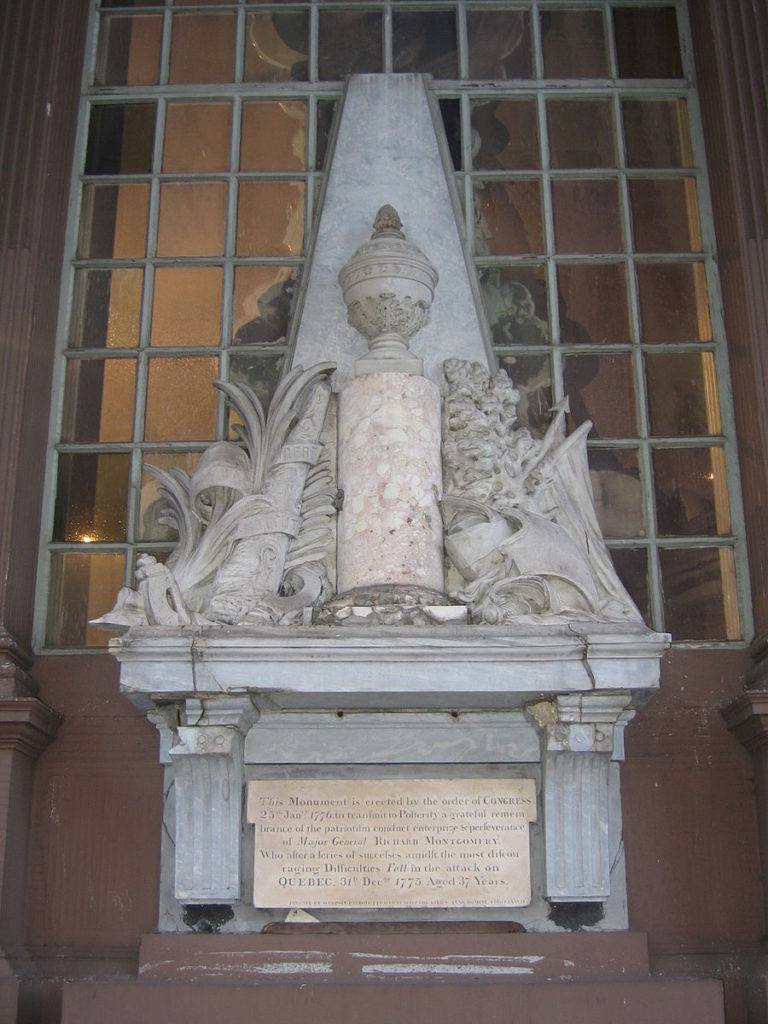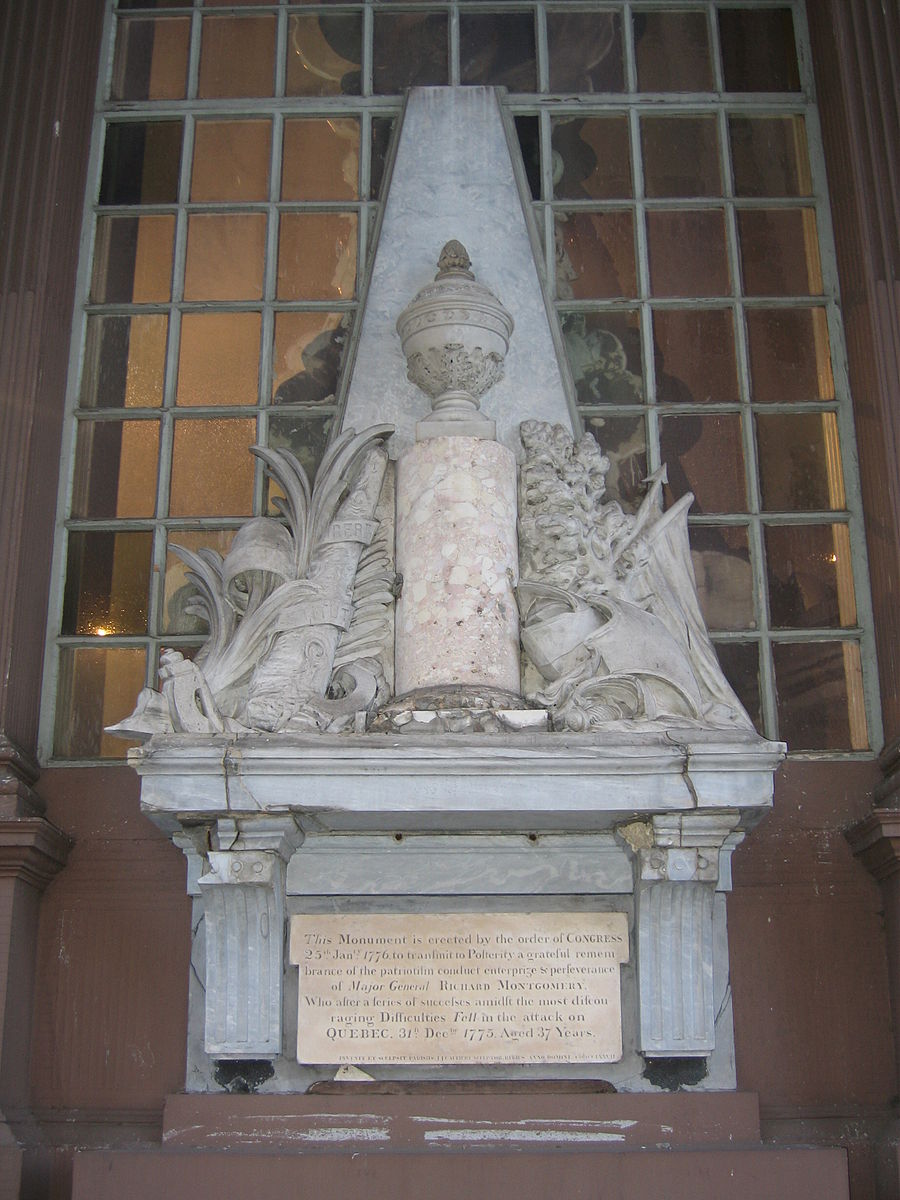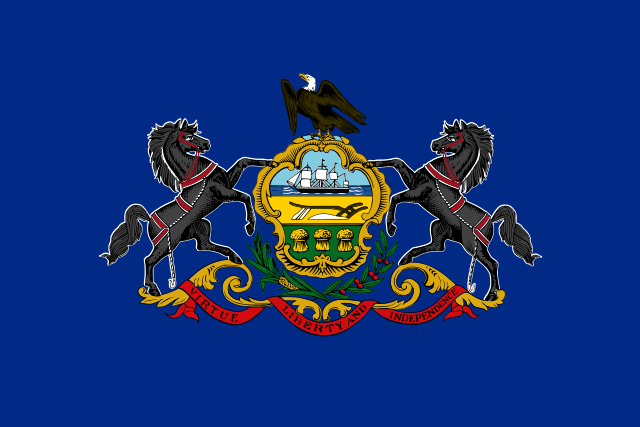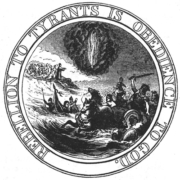On this day in 1776, the Continental Congress authorizes the first national memorial of the Revolutionary War, in honor of Brigadier General Richard Montgomery. He was killed during in Quebec on December 31, 1775, where he was initially interred.
The monument, as seen below, is the first ever commissioned by the United States. Benjamin Franklin hired French sculptor Jean Jacques Caffieri to design and build the Montgomery memorial. Eventually, in 1787, it was installed in the front of St. Paul’s Chapel in Manhattan, where it remains today. Then, Montgomery’s remains were moved to St. Paul’s in 1818.
Interestingly, St. Paul’s was George Washington’s church during his time in New York as the United States’ first president in 1789.
The first memorial and the first president
So, the first memorial in the history of the United States was given a prominent place in a culturally and architecturally significant gathering place in New York City. Also, it’s where Our first president went to church.











